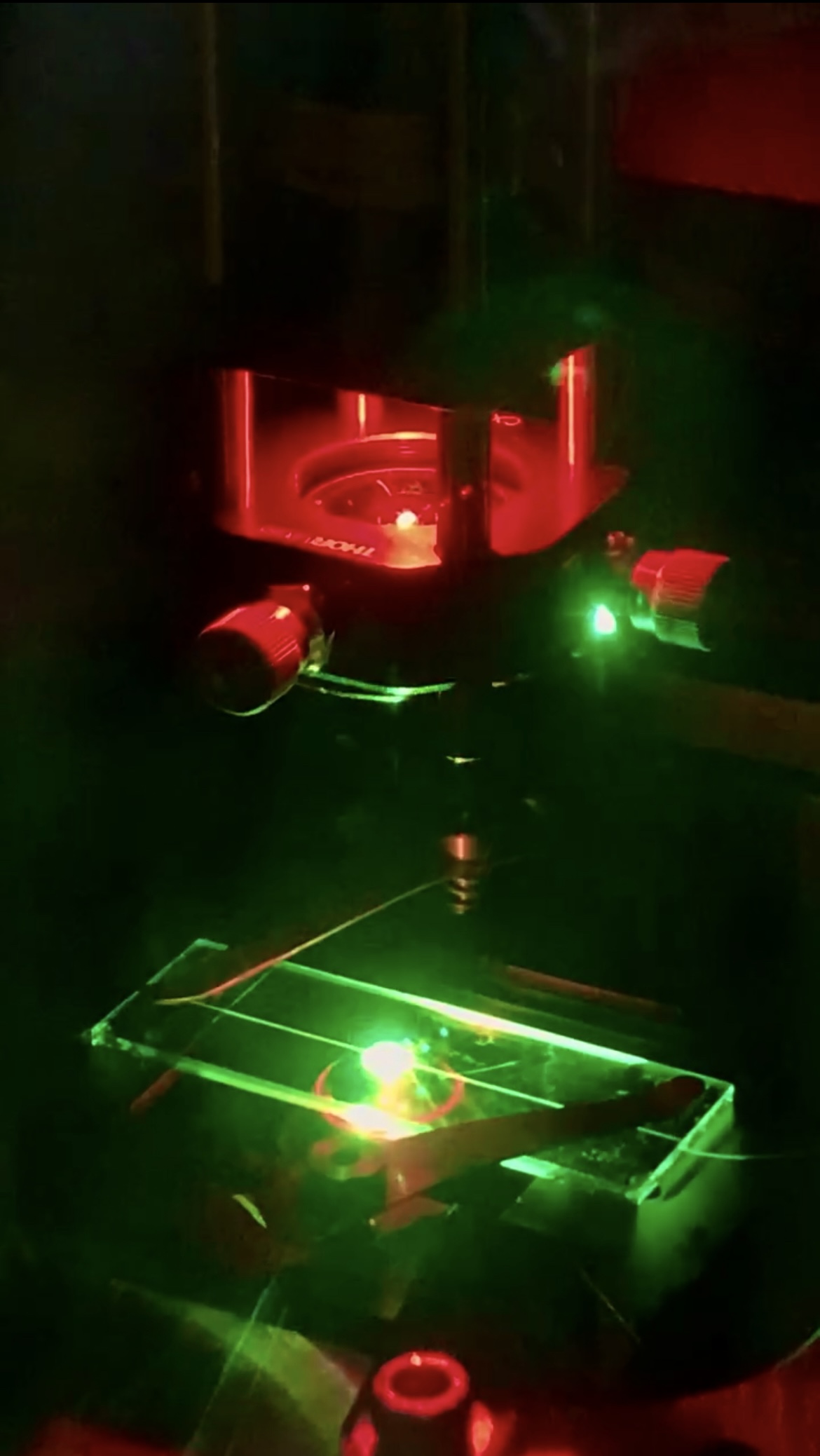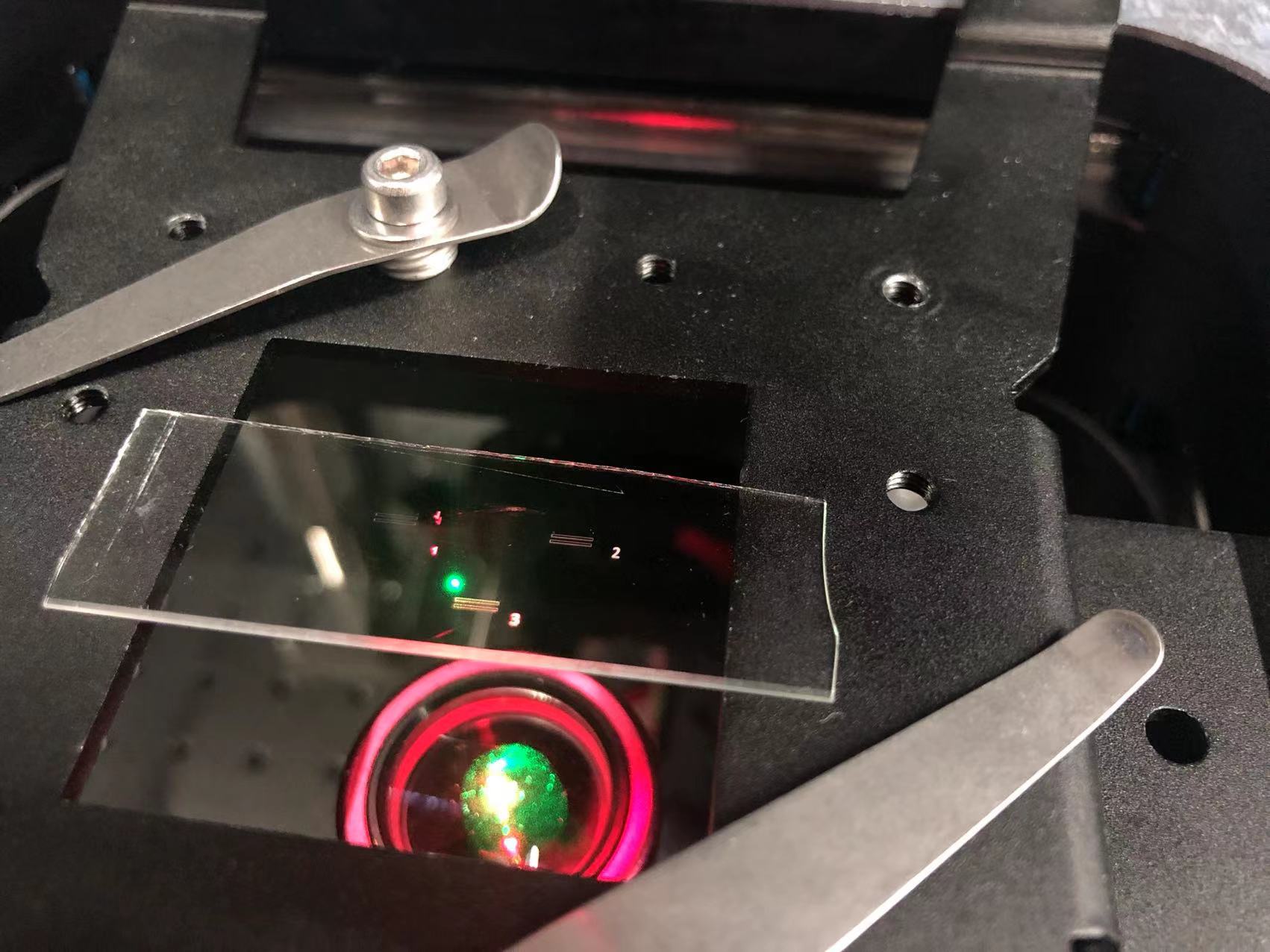Product
Menu
Solution
Menu
Technology
Menu
For Scientific Research & Industry Modernisation.
Different laser processing conditions require different laser wavelengths. To achieve the best results with optimal processing parameters, it is critical to select laser of suitable wavelength, in accordance with materials of choice and structural requirements.
For example, laser of long wavelengths (infrared) have the following advantages:
– Since most crystalline materials have smaller IR absorption, longer wavelengths allow for lower absorption losses in these materials, enabling processing at greater depths, taking advantage of three-dimensional space.
– Suitable for single processing in coarser structures such as optical waveguides, in order to achieve lower losses.
Laser of short wavelengths (visible light), on the other hand, offer other advantages:
– Capable of achieving high spatial resolution, suitable for fabricating finer structures.
– Lower average power used, hence achieving higher photon energy.
– Lower thermal effect and hence capable of achieving cold processing, which helps to protect materials from thermal damage.
Currently, there are dual-wavelength lasers providers available on the market. However, users still have to manually adjust the light path for different wavelengths. This presents the users with significant challenges as it requires a wealth of experience in laser operating in order to optimize the system for various wavelengths. Additionally, manual adjustment further complicates the situation where we need to compare the effects of different wavelengths at the same fabrication location on the material.

To address the aforementioned challenges, Innofocus developed a built-in function to realize one-click switching between different wavelengths without user’s manual adjustment, which makes the dual-wavelength laser system simple and effective to use. Furthermore, for the first time, it enables switching wavelengths in situ during processing to optimize fabrication results.



